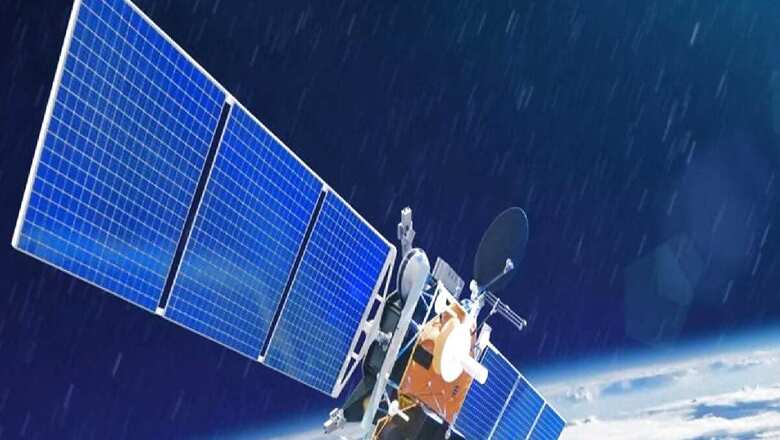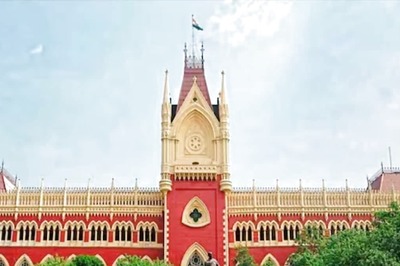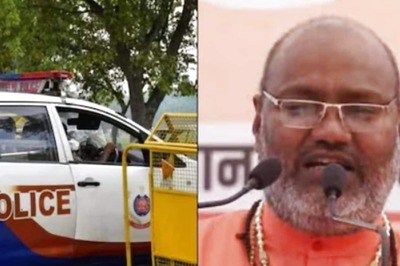
views
For decades, the launch of rockets into space and the use of anti-satellite (ASAT) missiles to destroy orbiting satellites have turned Earth’s orbit into a dangerous minefield. These ghost rocket stages, which travel at about 28,000 kilometres per hour, along with debris from exploded missiles, pose significant risks to astronauts and space stations now and in the future. Darren McKnight, a Senior Technical Fellow at LeoLabs, describes this situation as “a ticking time bomb” for human spaceflight and the satellites that orbit our planet. McKnight is one of the leading experts in tracking spacecraft.
In an interview, he mentioned that he plans to discuss urgent solutions for these growing dangers at the International Astronautical Congress (IAC) meeting next week in Milan.
Each year, top space researchers gather at the IAC to develop strategies for protecting the future of space travel.
As the head of data analytics at LeoLabs, McKnight has studied space debris extensively. LeoLabs uses advanced radar systems to monitor over 20,000 objects in orbit, including abandoned rockets and ASAT debris. They also use predictive AI tools to forecast potential collisions and alert satellite operators about possible crashes, reports Forbes.
Dan Ceperley, the founder and Chief Operating Officer of LeoLabs, has warned on their website about the “inevitability of a disaster in low Earth orbit (LEO).” He pointed out that while LeoLabs can track many large space objects, it struggles to monitor countless smaller fragments created by previous explosions.
Ceperley reportedly warns that potential dangers in LEO could include astronauts being hit by “lethal, small debris” or an “operational payload attacked by an adversary.” His “Guide to Disasters in Low Earth Orbit” highlights that tiny fragments, less than one centimetre long, could be fatal for astronauts conducting spacewalks outside the International Space Station (ISS).
“Any size fragment above a few millimetres is likely lethal to astronauts,” he explained to Forbes, drawing attention to a recent incident where a small piece of debris punctured the robotic Canadarm2 outside the ISS. “Put simply, what we can’t see has the potential to kill us,” he reportedly warned.
McKnight believes that discarded rocket stages in higher LEO may pose the most significant threats to future space missions, both manned and unmanned. During the first Space Race, superpowers often left their spent rocket stages in orbit, and no agreements were made to clear these hazards.
According to Forbes, in June 2022, a Soviet rocket nearly collided with an American rocket, coming within 500 metres of each other, even as political tensions rose over Russia’s invasion of Ukraine. McKnight warned that such a collision could have released debris “over many hundreds of kilometres” and created dangerous shrapnel that could remain in orbit for centuries.
Ian Christensen, a senior director at the Secure World Foundation, urges that all space agencies must take action to eliminate these dangers, as they threaten human exploration just above our atmosphere, informs Forbes.


















Comments
0 comment